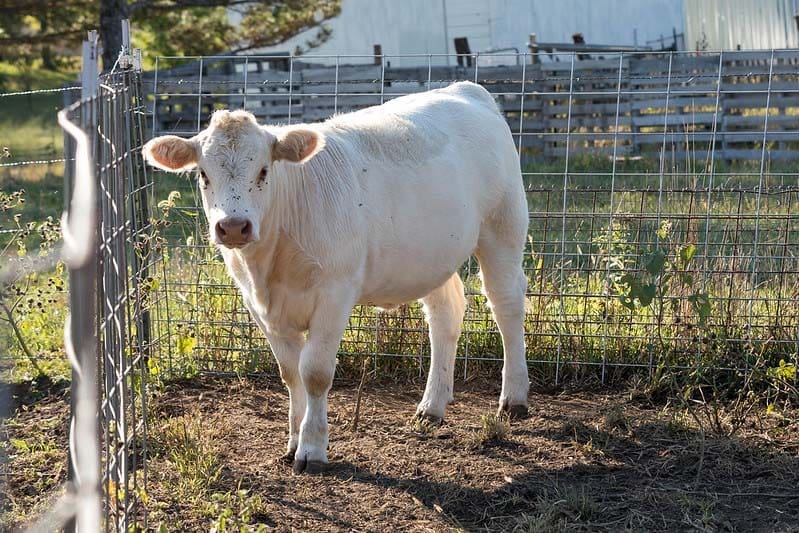By Lisa Moser, K-State Research and Extension news service
Manhattan, KS— Any good carpenter has a wide range of tools in the toolbox to get the job done, and in much the same way, cattle producers have a vast set of options to keep disease from coming onto the farm, said the experts at the Kansas State University Beef Cattle Institute on a recent Cattle Chat podcast.
“One of the things that beef producers have in their toolbox is sanitation,” said K-State veterinarian Bob Larson. One of the examples he shared was washing feed trucks and other vehicles that come in contact with other herds to keep them from being a vector of disease transmission.
Another tool Larson cited is diagnostic testing.
“Diagnostic testing works best when trying to prevent a disease in which the carrier animals are rare,” he said. “With accurate testing prior to arrival, producers are able to keep diseased animals off the farm.”
A third tool he mentioned is keeping the cattle in good health.
“This includes following vaccination protocols that will protect them from diseases as well as providing them with quality nutrition,” Larson said.
Veterinarian Brad White offered a fourth tool — prioritizing disease prevention.
“There are costs associated with each of these prevention strategies, so producers need to prioritize the diseases that bring the greatest risk to the overall health of the herd,” White said.
As producers make their biosecurity plan in partnership with their veterinarian, K-State veterinarian Brian Lubbers said it is important to know the risk tolerance for the operation.
“If you have a high-value herd, isolation and testing will be important when bringing new cattle into the operation,” he said.
When a disease situation arises on the ranch, the veterinarians agree that rapid communication is going to be key in mitigating the situation.
“If you think you are dealing with a disease outbreak, you’ve got to make that phone call to your local veterinarian,” Lubbers said. “I know it is a hard phone call to make, but it is a critical step in stopping disease spread.”
From that phone call, the local veterinarian will investigate the situation and reach out to the state veterinarian, he added.
“There is a network of veterinarians trained specifically to spot high-consequence diseases and they will be on your farm literally within hours,” Lubbers said.
While that is the worst-case scenario, Larson stressed that using the tools in the prevention toolbox will reduce the chance of these situations arising.
“The healthier you can have the environment and the cattle, the more resistant and resilient the cattle will be when faced with disease exposure,” he said.
To hear the full discussion, listen to the Cattle Chat podcast online.













